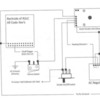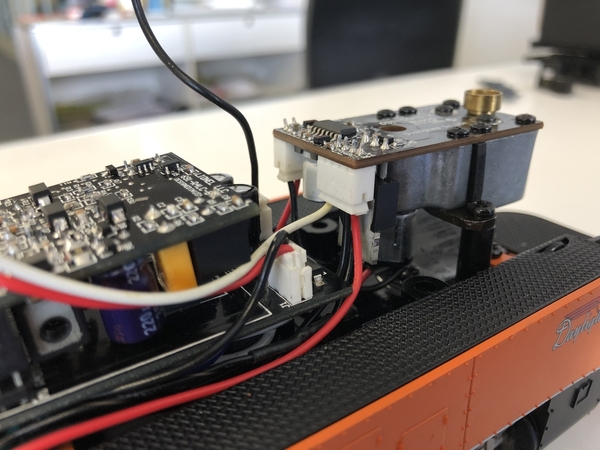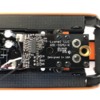This piece came in today with a million issues. Drive gear block frozen (tan grease). —Fixed
Cracked dog bone. —Replaced
Bad fan motor. —Replaced
Loose old wires and bad solders everywhere. —Fixed
Loose boards and inner frame. Fixed.
This was serviced once (or so they said) by Lionel in 2009 after the customer bought it in 2008. He never ran it again after having run it a few times post 2009 service (or so we were told).
Found all of the above when I opened it and the fan motor was drenched in fluid. No life.
Everything is now back to factory and running smooth with one alarming problem - The puffing fan effect is malfunctioning. I only get one puff when I bring her to a stop. While moving, I hear chuffing, I hear the cherry switch clicking 4 times per rev, but get fan pulse to go with it. Heater is doing its job well.
So which board and/or board triac or other component has failed?
Is the bad part available or is it time for a custom workaround and/or GRJ’s Superchuffer??
Thanks for everyone who has chimed in recently on other questions with help. Really appreciate you guys!






























